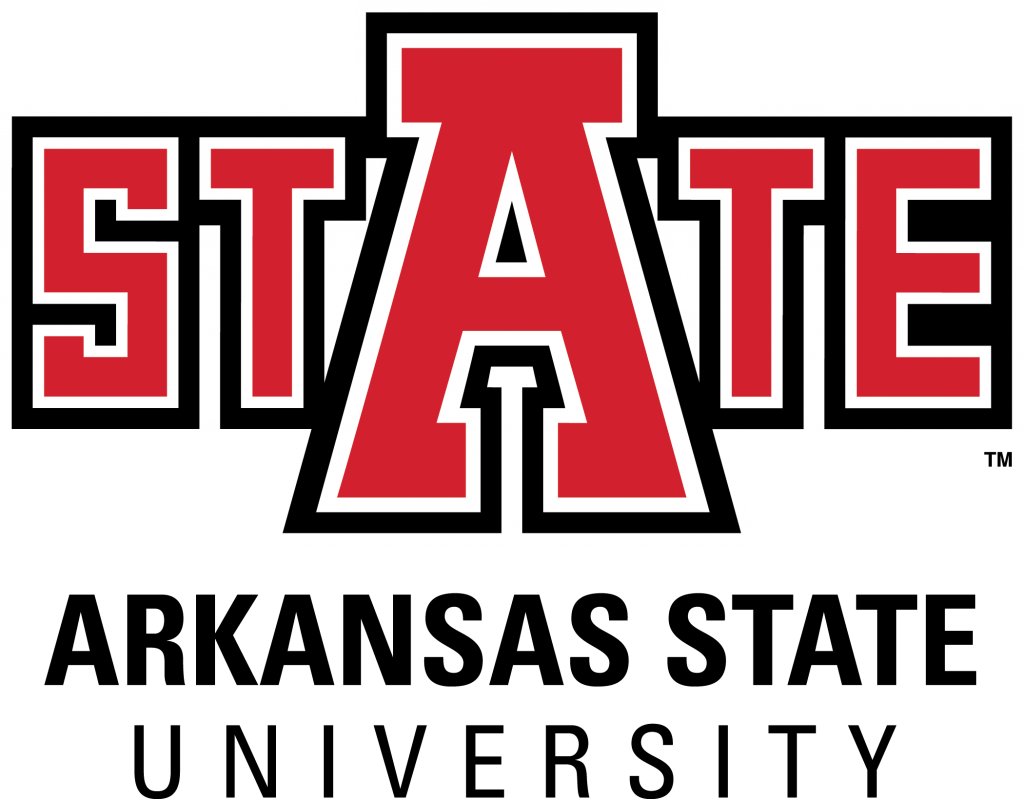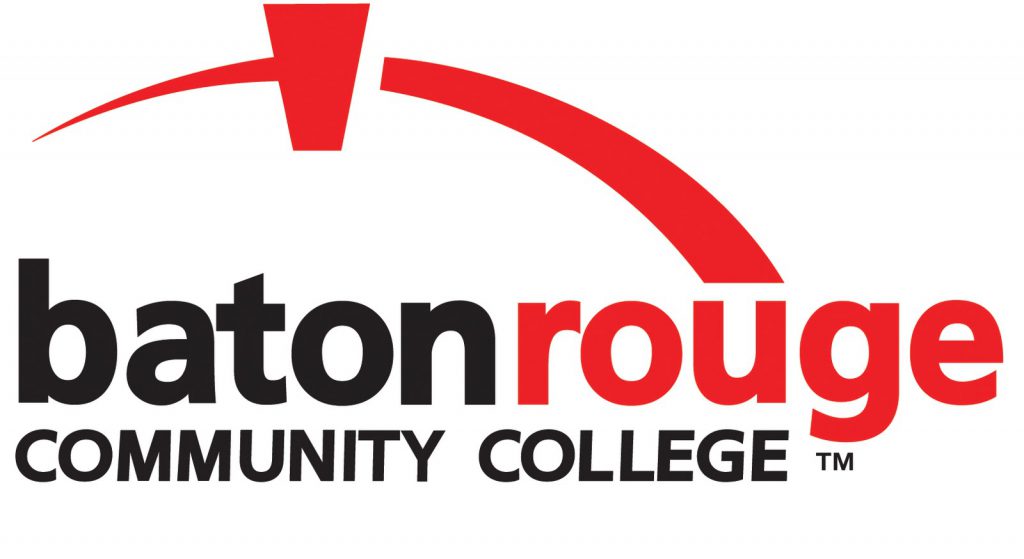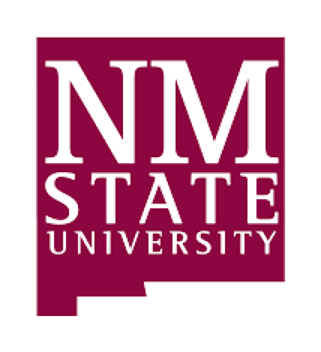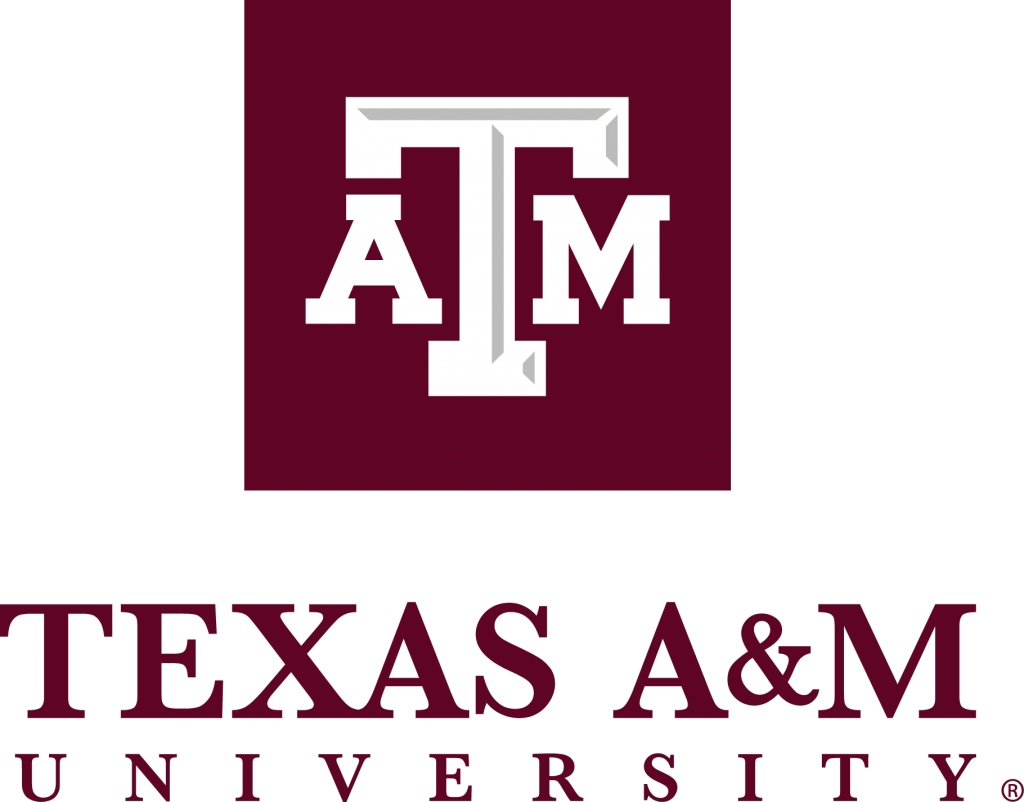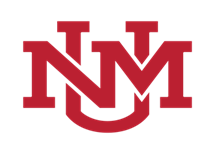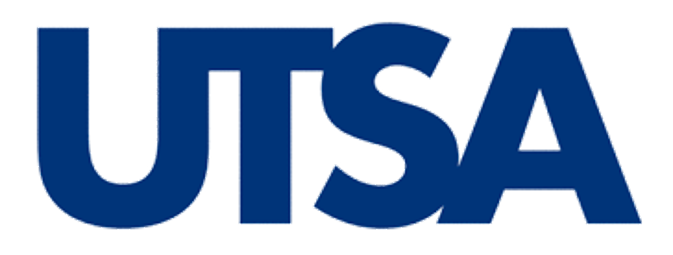
Overview
The Transportation Consortium of South Central States (Tran-SET) is Region 6’s University Transportation Center. It is a collaborative partnership between nine major institutions and two community colleges (see below) with coverage across 5 states (AR, LA, NM, OK, and TX). Tran-SET is led and administered by the Louisiana State University. It was established in late-November 2016 to “solve emerging transportation resiliency, sustainability, and economic challenges through the use of innovative materials and construction methods: from research to implementation”.
Please learn more by viewing our Vision, Mission, Research Themes, and Objectives below.
Vision
Address the accelerated deterioration of the transportation infrastructure through the development, evaluation, and implementation of cutting-edge technologies, novel materials, and innovative construction management processes
Mission
Conduct all phases of research, technology transfer, education, workforce development, and outreach activities as to solve transportation challenges in Region 6 and support implementation
Research Themes

Enhancing Durability and Service Life of Infrastructure
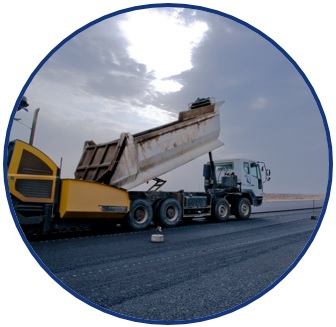
Preserving Existing Transportation Systems

Preserving the Environment

Addressing Region 6 Transportation Needs
Objectives
1. Technology Transfer: Ensure that scientific and technological developments are accessible, disseminated, and transferred to a wide range of users including state agencies, universities, and industries.
2. Technology Transfer: Ensure that scientific and technological developments have a long-term research value and significant impact to the transportation industry by direct collaboration with all levels of government and not-for-profit institutions.
3. Education: Improve and support existing academic programs at Tran-SET’s partnering institutions.
4. Education: Improve and support transportation non-degree programs at Tran-SET’s partnering institutions (architectural, business, mechanical, electrical, industrial engineering, etc.)
5. Workforce Development: Ensure research outcomes are disseminated through educational and workforce development activities by supporting the development of seminars, workshops, and training courses.
6. Leadership: Develop the next generation of leaders and graduate students of the transportation field by supporting mentoring, networking, training, and other development activities.
7. Leadership: Provide leadership to regional stakeholders and communities (state agencies, universities, and industries) and provide national leadership to applicable research communities.
8. Collaboration: Encourage and foster collaboration between partnering institutions and external stakeholders as to: (1) maximize sharing of human expertise and facilities among partners and stakeholders, (2) tackle transportation challenges only solvable by multi-disciplinary teams, (3) facilitate knowledge transfer among the team institutions and stakeholders, and (4) minimize duplicative research to optimize the use of available funds.
9. Diversity: Integrate diversity-related activities into Tran-SET’s efforts as to increase participation of underrepresented students in STEM fields, particularly the transportation field.
10. Management: Operate and manage Tran-SET as to ensure the highest degree of accountability, cost-efficiency, and the optimum use of available funds, facilities, and capabilities.




